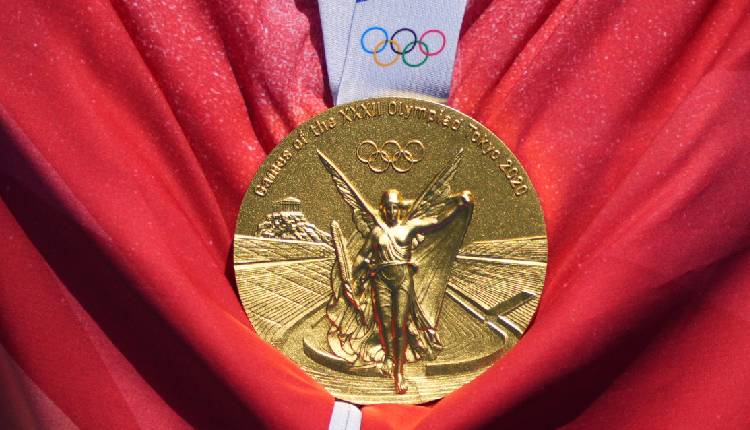Olympic gold medals at the Paris Games this year are more worth than ever, as the raw materials in each medal have the potential to reach around $900 each.
This year’s medals contain six grammes of gold, which hit record prices in mid-July due to central-bank purchases, strong demand in China, and expectations of looser US monetary policy. Silver, which makes up the majority of the medals’ weight, has also seen a significant price increase.
Even after adjusting for inflation, the value of the medals is the highest in Olympic history, thanks to soaring bullion prices and the larger size of the medals. However, most Olympians keep their medals rather than sell them, with some countries offering additional rewards such as cash, gifts, and exemptions from military service.
For instance, Carlos Yulo, the Philippines’ first male gold medallist, will receive a fully furnished condo and a lifetime of free medical checkups.
While the medals themselves have significant material value, their historical and symbolic worth can be even greater. A gold medal won by Jesse Owens at the 1936 Berlin Olympics sold for nearly $1.5 million at auction in 2013.
Attribution: Bloomberg



